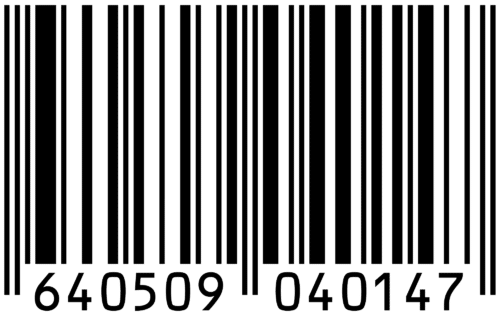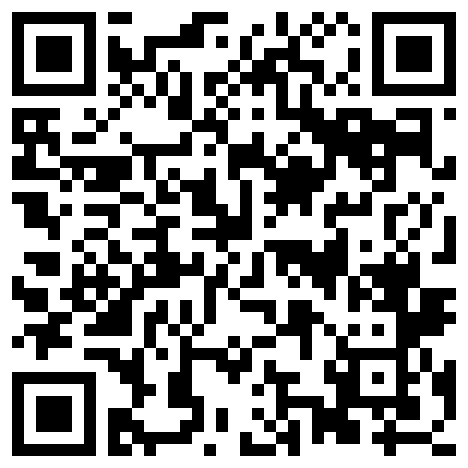QR Code, barcode are all systems for conveying large amounts of data in a small format. They are generally used in sorting and identifying retail products. They offer speed, labor savings and cost savings, among other benefits. [1]
Bar codes
The first six numbers encoded in a bar code identify a company that has paid a fee to acquire the rights to a unique manufacturer identification number. The manufacturer uses the number as the first part of a different 12-digit universal product code (UPC) for each product it makes.
The manufacturer’s six-digit code stays the same for all its products. The next five digits signify the item number, or product code. The company’s UPC coordinator assigns an item
number, not just to every product but to every model or variation of that product.
The last number in the code is a check digit. Its value must match a number obtained by running the other numbers through an algorithm.
In a retail store, when a UPC passes under a laser connected to a register, it does not matter if the right or left side is read first. The bars on the left side
are black with white separating these. On the right side, it is reversed—white bars separated by black. This lets the register know where the code begins.

If the register’s computer determines that the check digit does not match the
algorithm, the scanner beeps to tell the person at the register to re-scan the UPC.
When a scan is successful, the register sends the number to a computer server. The server checks on the store’s current price for that item and sends that price back to the checkout, where it is added to the customer’s receipt. For inventory, the server may also update
the number of products sold.
Matrix code or QR code
The UPC is good enough if all you need to do is record and read 12 digits. For a verbose code, you need the capacity of a 2D bar code, also called a matrix code or QR code (for
quick response). The codes are generally about 645.16mmsq (1-inch-square) in size, but can represent 7000 digits or 4000 characters of text—on average, a little less than 700 words. Using free apps, the codes are read by most smartphones and onscreen by desktops or laptops not equipped with scanners. Not all variety of 2D codes work the same way, though.
Every QR code contains a finder pattern, an arrangement of squares that help the scanner determine the dimensions of the code, the top side and the angle at which the code is being scanned.
A pattern of squares forms an alignment pattern that tells the scanner if the code is distorted.

Along two sides of the code, the scanner reading the code superimposes rows of timing squares, which you do not see. The scanner uses the timing squares to judge how quickly the code is passing through its reading beam.
By calculating the ratio between the light and dark areas in the code, the scanner learns what areas serve to keep everything lined up and which contain data.
For reading other useful articles: click here






